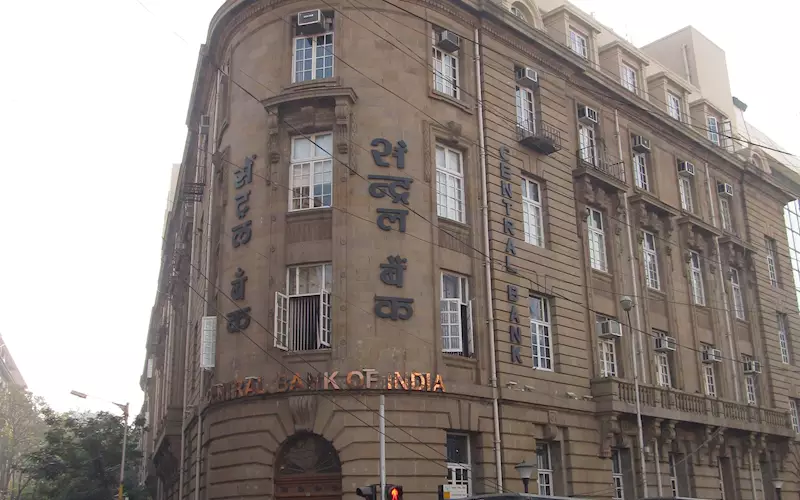The authorities are doing all they can to curb the menace of counterfeited currency notes. The recent initiative to print Indian currency on India-made paper is one. Another effort is to add more and more security features on the bills so that it becomes difficult for the counterfeiters.
This is important in the light of the fact that most of these fake currency notes that come to India via the neighbouring countries use high-end printing technology that can reproduce even the anti-counterfeiting measures.
One way to counter this is to withdraw the currency notes that have fewer security features, or have security features which are easy to reproduce. Towards this end, the Reserve Bank of India (RBI) has started the initiative to call back all currency notes in circulation printed before the year 2005.
The RBI has urged the public to return the currency notes printed prior to 2005 in their nearest banks while the banks are already withdrawing old currency from their branches and ATMs. The central bank had earlier set the deadline for the initiative until 30 June 2015. Now, the deadline for the public has been extended to 31 December 2015.
According to an RBI press release, a majority of the old banknotes have been withdrawn through bank branches. “It has, therefore, decided to withdraw the remaining old design notes from circulation. Not having currency notes in multiple series in circulation at the same time is a standard international practice. The banknotes in the Mahatma Gandhi series have now been in circulation for a decade,” the release said.
The central bank has urged citizens to deposit the old designed currency notes in their bank accounts or exchange them at a bank branch convenient to them. The move, introduced last December, is aimed at checking counterfeit notes in the system, as those old soiled notes were not equipped with all modern security features.
RBI officials said the old notes can be easily identified as it does not have the year of printing on the reverse side. They also have fewer security features. The currency notes printed after 2005 have added security features, such as see-through register, which ensures that half the numeral of each denomination is printed on the front as well as on the reverse, which makes the colour of the numeral appear green when the currency note is held flat but blue when the note is held at an angle.
The new notes also have improved intaglio printing, machine-detectable security thread that illuminates in yellow under ultraviolet light, watermark that can be viewed better when the note is held against the light and the year of printing at the reverse side of the note.
Security concerns
Despite this move, law-enforcing agencies are not all too convinced. The RBI move, they said, may have some impact in cutting down black money, but it would hardly make a dent in the flow of counterfeit currency. The reason is the counterfeiters have also upped their game and are circulating high-tech fake notes from the neighbouring countries.
According to the sources at the National Investigation Agency (NIA), who busted a racket of fake currency notes seizing Rs 31.57 lakh counterfeit notes, the fake bills had all the 11 security features mentioned by the RBI. Even cash counting machines could not detect that they were fake.
According to the agency, the fake notes had their origin at the state-of-the-art printing press in Muzaffarabad of Pakistan Occupied Kashmir (POK). They said, "ISI operatives transported the counterfeit currency to Dhaka. At the Dhaka airport, they used their contacts to safely bring out the currency bundles from the airport. Later, their associates shipped them to India through the porous Indo-Bangla border in Malda district of West Bengal."
In few cases, where the counterfeiting was done locally, certain security features were missing from the notes. These were detected by cash counting machines.
How to identify pre-2005 notes
The currency notes issued before 2005 do not have the year of printing on the reverse side. In notes issued post-2005, the year of printing is visible at the bottom on the reverse.The central bank said that the notes can be exchanged for their full value. The RBI also clarified that all pre-2005 notes continue to remain legal tender.
Over 164 crore pre-2005 currency notes of various denominations, including of Rs 1000 were shredded in regional offices of Reserve Bank in the 13-month period ending January. The face value of the shredded currency notes was around Rs 21,750 crore.
As many as 86.87 crore pieces of Rs 10,056.19 crore pieces of Rs 500 and 21.75 crore pieces of Rs 1,000 were shredded.











 See All
See All